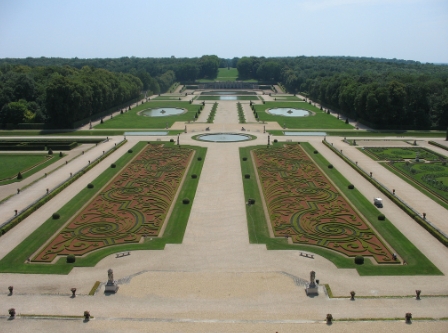Exploring the Legacy of Historic Landscape Architecture
From grand estates to public parks, historic landscape architecture has left an enduring legacy that continues to shape our environment. Let’s take a closer look at some of the key aspects of this fascinating field.
Preserving the Past
Historic landscape architecture often involves preserving and restoring culturally significant landscapes. By carefully researching and documenting the heritage of a site, landscape architects can ensure that its historical integrity is maintained for future generations to enjoy.
Designing for Beauty and Functionality
Many historic landscapes were designed with both beauty and functionality in mind. From formal gardens to sprawling parks, these spaces were carefully planned to provide aesthetic pleasure while also serving practical purposes such as food production or recreation.
Innovative Techniques and Materials
Historic landscape architects often employed innovative techniques and materials to create their designs. From intricate pathways made of cobblestones to elaborate water features powered by gravity, these creative approaches have stood the test of time and continue to inspire contemporary landscape architects.
Cultural Significance
Historic landscape architecture is also important for its cultural significance. These landscapes often reflect the values, beliefs, and aspirations of the societies that created them, providing valuable insights into past civilizations and their relationship with the natural world.
Inspiring Future Generations
By studying and appreciating historic landscape architecture, we can gain a deeper understanding of our own cultural heritage and the ways in which humans have interacted with the environment over time. This knowledge can inspire future generations of landscape architects to continue the legacy of creating beautiful, sustainable, and meaningful outdoor spaces.
In conclusion, the legacy of historic landscape architecture is a rich and diverse one that continues to shape the way we design and interact with our outdoor environments. By preserving, studying, and drawing inspiration from these historic landscapes, we can ensure that their impact will be felt for generations to come.

